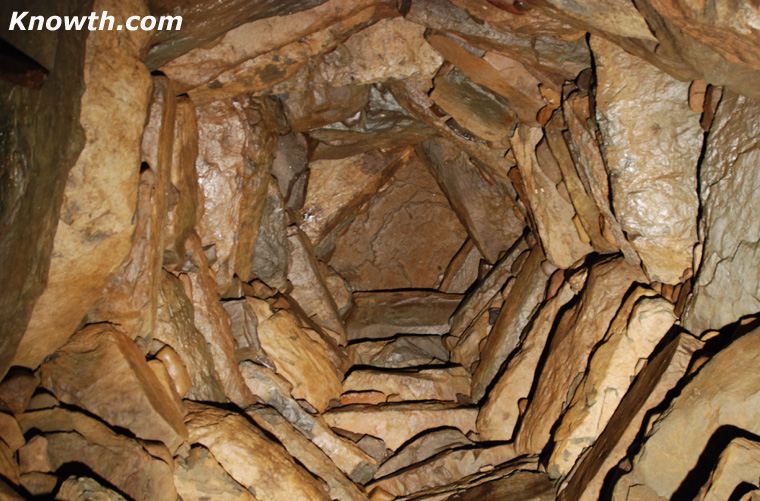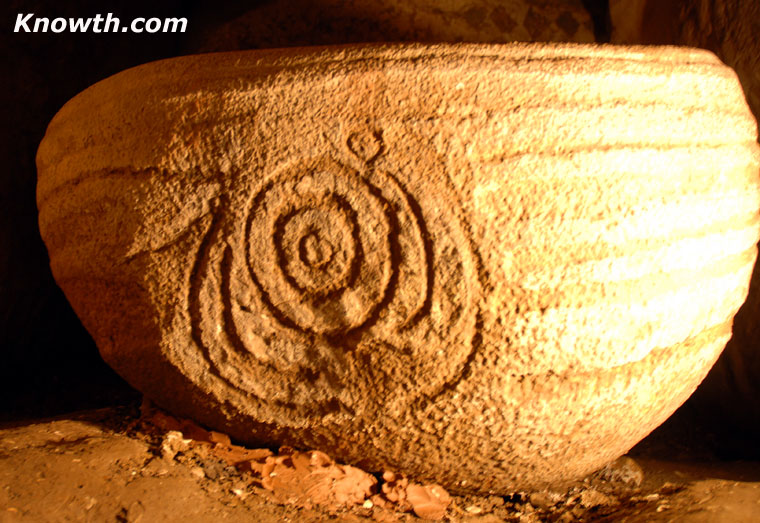Knowth and the passage-tombs of Ireland
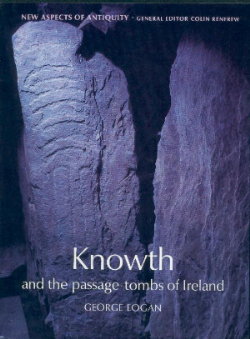 Knowth and the passage-tombs of Ireland by George Eogan | New Aspects of Antiquity Series.
Knowth and the passage-tombs of Ireland by George Eogan | New Aspects of Antiquity Series.
Knowth is one of the great wonders of the prehistoric world. Professor George Eogan tells for the first time the full story of this remarkable site in the Boyne Valley within Ireland's Ancient East, where his excavations over some twenty-five years have revealed a five thousand year old burial complex and a treasure house of megalithic art.
A huge central mound known as Knowth 1 dominates a cluster of smaller sites around it, yielding more than a quarter of the engraved art from the whole of Neolithic Europe. But what was the purpose of this exceptional concentration of effort? How were the tombs built and, indeed, by whom?
Purchase at Amazon.com or Amazon.co.uk
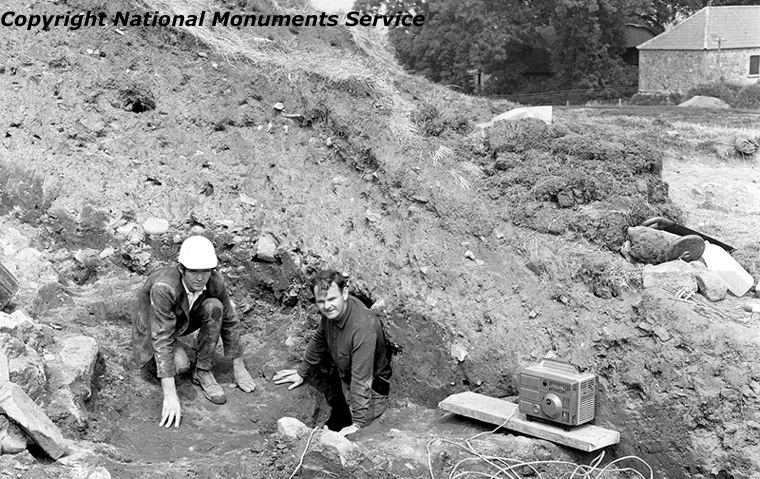
John Rock and George Eogan at the opening to the passage of the Eastern tomb at Knowth in August 1969
Knowth and the passage-tombs of Ireland by George Eogan
Professor Eogan describes in vivid detail the dramatic discovery of not one but two tombs within the central mound, their narrow passages and decorated chambers hitherto unseen by man since ancient times. Built back to back, the tombs, Professor Eogan argues, were used for burials and very likely for ceremonies celebrating the rising and setting sun at spring and autumn equinox. Ritual deposits in the chambers included an exquisitely carved flint mace-head, hailed by experts as one of the finest pieces ever to come out of prehistoric Ireland.But the chief glory of Knowth is undoubtedly the megalithic art. The excavations have brought to light hundreds of massive stones ornamented with intricately carved abstract motifs, whose discovery transforms the known artistic heritage of our prehistoric ancestors. This magnificent corpus of ancient art is discussed here at length and richly illustrated, together with the other major finds. In addition, Knowth is interpreted in the context of its great Neolithic neighbours, Newgrange and Dowth, and of Irish passage-tombs generally. The result is an authoritative volume, a fitting record of a quarter-century of sustained archaeological enquiry and a tribute to the achievements of the megalith-builders of ancient Ireland.
Editor's foreword
It is rarely given to any man to enter, for the first time in centuries or millennia, a well preserved structure from the prehistoric period which is actually older than the Pyramids of Egypt by several hundred years. That is precisely what George Eogan did, with his excavator colleagues, on 11 July 1967 when, as he describes here, he located the stone-built passageway which led a distance of 112 ft (34 m) into the western side of the great earth mound at Knowth, and discovered the megalithic tomb at its centre, hitherto unknown to science.An even more striking discovery was to come. For on 30 July of the following year, another long passage was discovered on the eastern side of the mound. And, on 1 August, Professor Eogan had the remarkable experience of entering, for the first time, the great corbelled eastern chamber at Knowth, and of discovering the carved stone basin which still lay within it.
Knowth is one of three great mounds in the prehistoric cemetery at the Bend of the River Boyne. Newgrange has been justly famous since the discovery in AD 1699 of the chamber tomb within it, and it was systematically investigated in recent years by the late Professor M. J. O'Kelly, whose full account, Newgrange: Archaeology, Art and Legend, was published in 1982 in the present 'New Aspects of Antiquity' series.
The third mound, Dowth, was partially investigated in the last century. In view of the chamber tombs within the two other mounds, it was no surprise that Knowth too should contain a burial chamber. But the discovery of two chambers, situated back-to-back, as it were, as well as their scale, and above all the richness of the decorative art on the stones, was something which could not have been anticipated.
As Professor Eogan describes, these were no chance discoveries. He began work at Knowth in 1962, devoting his attention first to the interesting series of smaller megalithic tombs which surround the great mound. Although none of these stands complete, in the way the two burial chambers in the main mound do, they are of considerable interest for the light which they shed on how the site was used and developed, and indeed for our understanding of the use of the whole remarkable cemetery of the Bend of the Boyne.
No fewer than twenty-four seasons' work have gone into the very comprehensive project at Knowth, and as the photographs clearly show, the mound itself and the area surrounding it was very thoroughly investigated. The full and detailed account by Professor Eogan of the excavation is to be published by the Royal Irish Academy in a number of monographs, of which the first has recently appeared.
The art of the Boyne cemetery is one of its chief glories, and indeed represents one of the most remarkable artistic achievements of prehistoric Europe. The decorated stones of Newgrange have long been known and admired, and it came as no surprise that further examples should emerge when Knowth was systematically studied. No-one could have predicted, however, that the site would yield so many sculptured stones, and in such variety, a corpus of art works actually far larger than that at Newgrange. In this book many of them are published for the first time, with a discussion of the art of the Boyne as a whole, and of its origins and chronology.
The important new discoveries at Knowth have made necessary a reevaluation of the Irish passage-tombs as a whole, and that is what Professor Eogan here undertakes, with a thorough consideration of their construction, their chronology, of the finds made within them, and of their use.
For many readers, however, as for myself, one of the great pleasures of this book will be the way it allows one to relive the moments of these great discoveries, and to visualize very clearly the nature of this splendid monument, its construction and its art. Back in the summer of 1982 I had the privilege of accompanying Professor Eogan down the long entrance passage into the great eastern chamber at Knowth, and it is an experience which I shall never forget. It is a pleasure to see this remarkable discovery so clearly described here, and so effectively set within its wider context in Irish and indeed in European prehistory. Colin Renfrew
Stonelight
In November 1986, The Irish Times published two extracts from the book:
Discovering the Dark Wonders of Knowth
Knowth, A Mecca for Prehistoric Pilgrims
Boyne Valley Private Day Tour
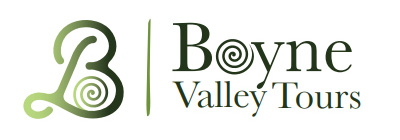 Immerse yourself in the rich heritage and culture of the Boyne Valley with our full-day private tours.
Visit Newgrange World Heritage site, explore the Hill of Slane, where Saint Patrick famously lit the Paschal fire.
Discover the Hill of Tara, the ancient seat of power for the High Kings of Ireland.
Book Now
Immerse yourself in the rich heritage and culture of the Boyne Valley with our full-day private tours.
Visit Newgrange World Heritage site, explore the Hill of Slane, where Saint Patrick famously lit the Paschal fire.
Discover the Hill of Tara, the ancient seat of power for the High Kings of Ireland.
Book Now
Home
| Newgrange
| Knowth
| Dowth
| Hill of Tara
| Fourknocks
| Loughcrew
| More Places
| Labyrinths
| Local Info
| Art Works
| Articles
| Images
| Books
| Links
| Boyne Valley Tours
| Contact

